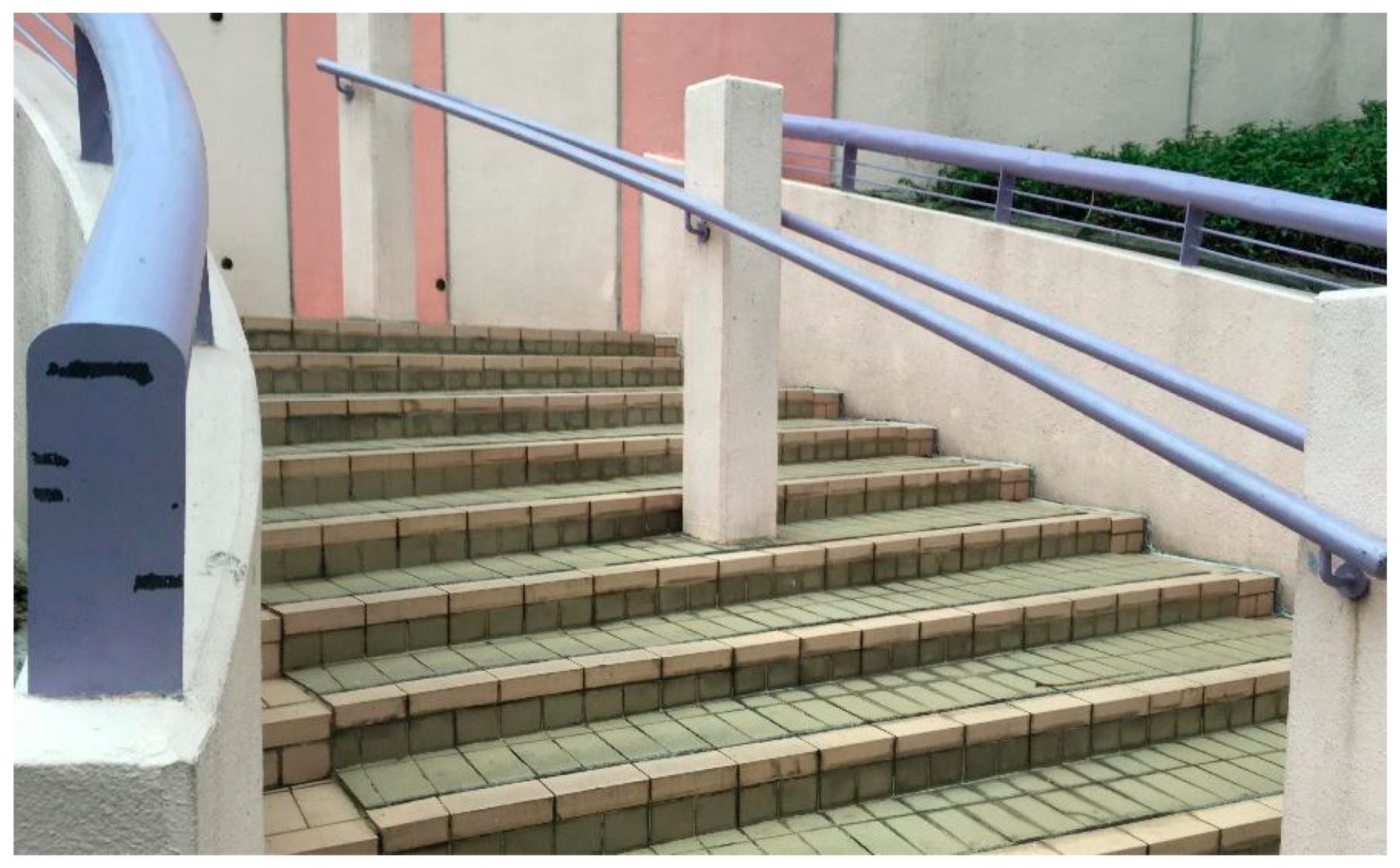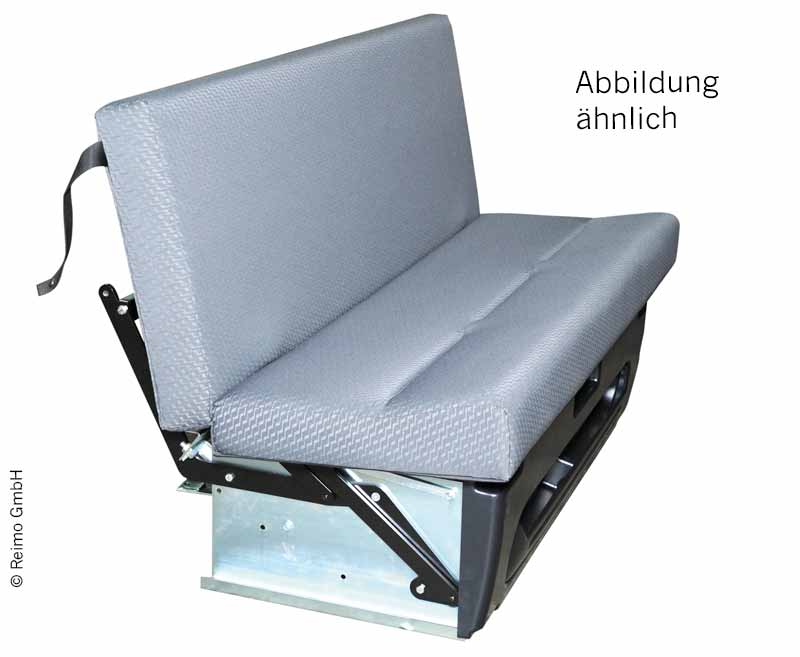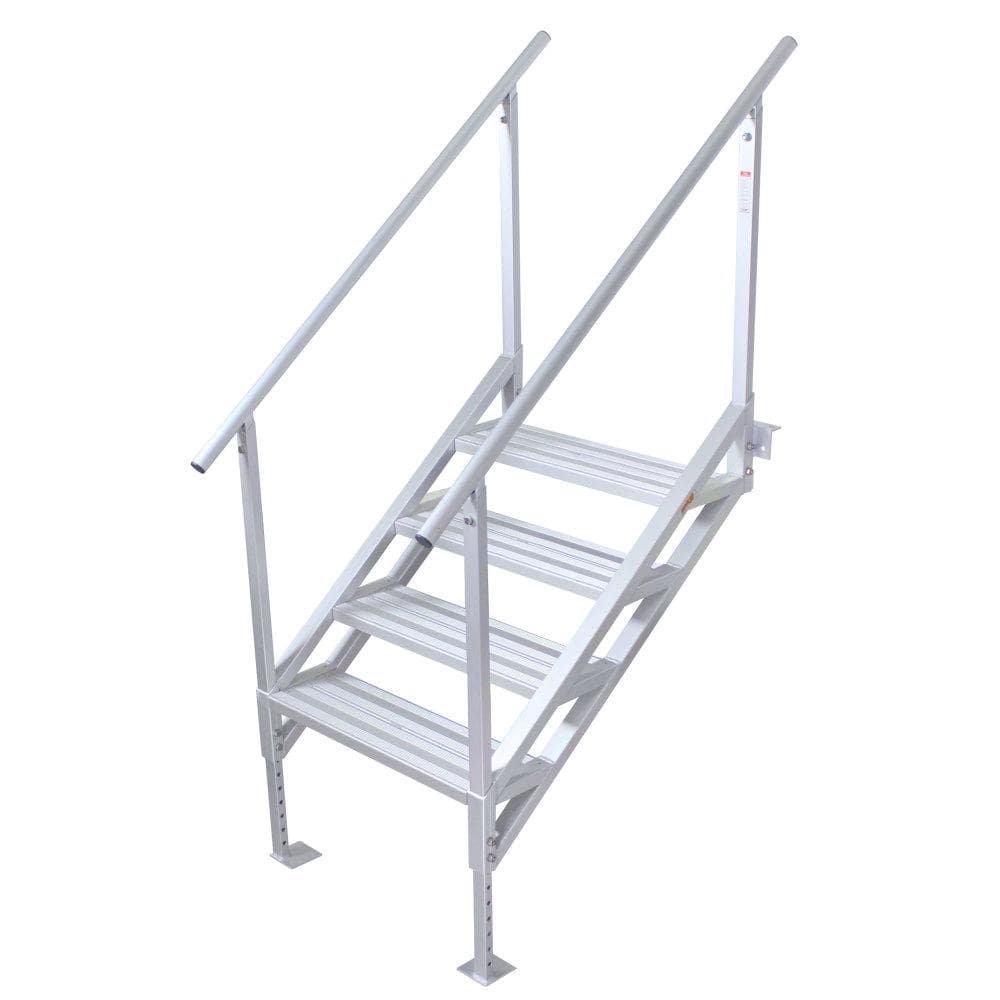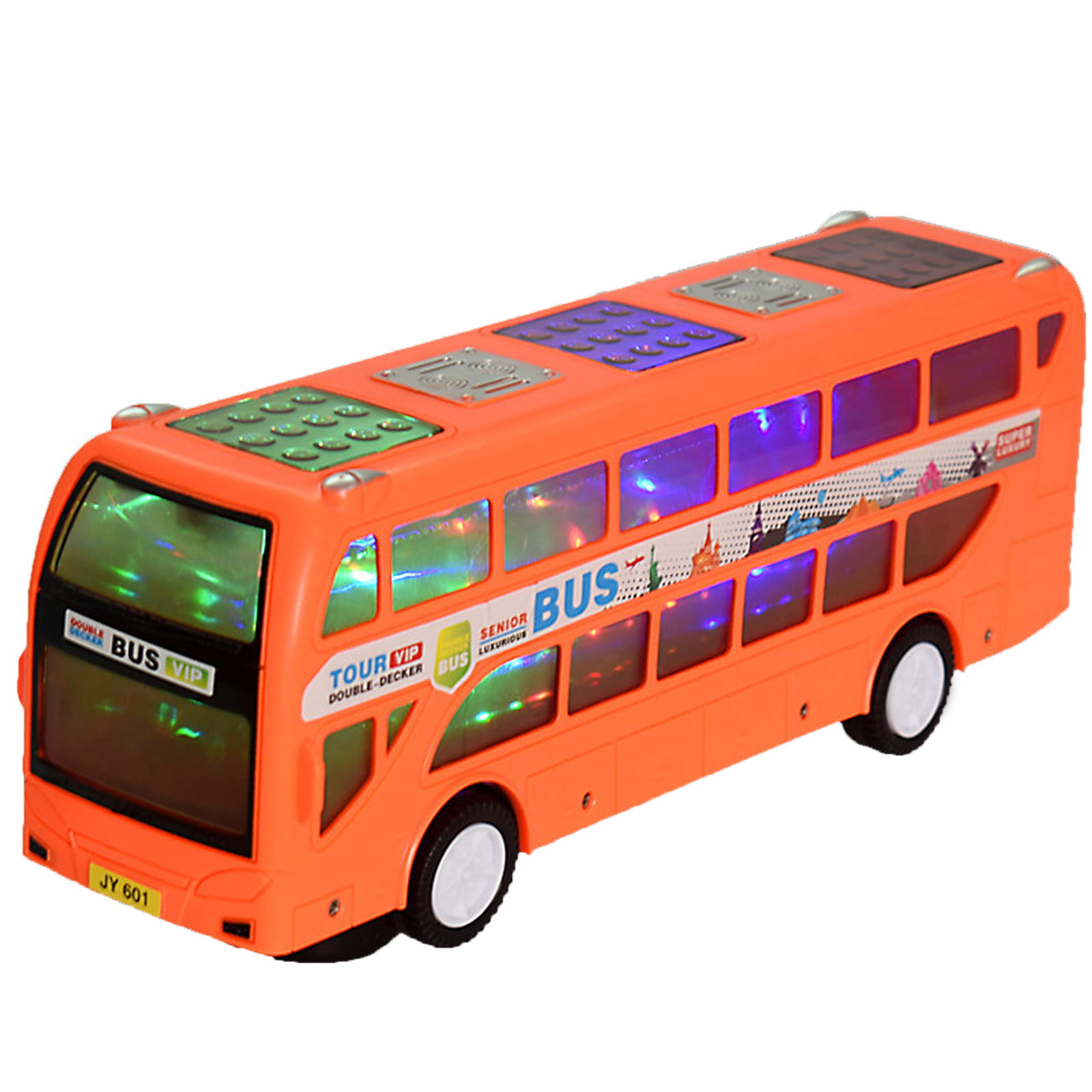

Steps should be at least three feet wide, although a greater width is preferred. Steps in entryways pose a risk of tripping or falling for everyone, but they are especially dangerous to seniors. Extensive accessibility modifications to the entryway include replacing tile flooring with vinyl or hardwood. The doorbell may also need to be lowered from its standard location to accommodate people with difficulty in raising their arms. Since doorknobs require you to grab and twist them at the same time, it may be necessary to replace knobs with levers to head off any difficulty caused by arthritis or other problems of aging. Electrical cords should be secured to the wall and coiled to remove any slack. The floor of the entryway must remain clear of loose objects to prevent tripping. Throw rugs-a common culprit in senior falls-in the entryway should be discarded completely, while floor runners and other types of rugs need to be fastened down. Doorways and hallways also need to be wide enough to accommodate wheelchairs. Modifying Your Entryways for AccessibilityĬommon accessibility modifications to the home include ensuring that at least one entryway is completely covered and has no steps. (Computer screen readers, for example, are a common type of device for providing indirect access.) Direct accessibility allows the disabled to use a device without assistance, while indirect access means that a device will be compatible the user’s assistive technology. Accessibility is the degree to which a product, service, or environment is usable for people with disabilities.

One of the central principles of universal design is accessibility. The development of modern medicine and consequent increase in life expectancy has also encouraged the use of universal design in home building and other products, technologies and services. Accessibility became a commercially significant factor in home design during the early 1980s, when the development of various assistive technologies allowed architects to blend these considerations with aesthetics. Universal design is also part of the larger accessibility movement, which began in the 1960s. These days, universal design is closely related to the concept of inclusive design and includes approaches to making buildings and other products more usable, especially by the elderly and people with disabilities. Mace coined the term “universal design” in 1985 to describe the intent to make built environments more usable for everyone, regardless of their age or physical ability. (Goldsmith is best known for creating the dropped curb, which is now a standard feature of built environments.) Drawing Selwyn’s work, Architect Ronald L. The principles of universal design were first proposed in the the work of author Selwyn Goldsmith, who wrote Designing for the Disabled, a pioneering book on barrier-free concepts, in 1963.

New homes are increasingly likely to be built or modified in line with this concept, especially when the prospective residents have functional limitations. Universal design is an important concept to keep in mind as you plan to age in place. Here’s a look at what you can do to make getting into your home easier and safer. But many aging-in-place modifications are as easy and inexpensive as removing throw rugs and adding new light fixtures.

Other measures require slight changes to the home itself, such as installation of new light switches and railings. Some entryway modifications require significant time and expense, like wheelchair ramps and nonskid flooring. The entry points to a house also include steps in many cases, which always present safety challenges for the elderly. A home’s entryways are particularly important for aging in place since they control access to the house. Some of these modifications need to be made to the entire house, while others are specific to a particular room. For this reason, many of the procedures for making homes safer for the elderly focus on reducing the risk of falls. Falls are one of the leading causes of death due to injury among older adults, according to the CDC, and falls are often the result of simple hazards such as throw rugs, stairs without railings, obstructed pathways, and wide spaces with no supports.


 0 kommentar(er)
0 kommentar(er)
